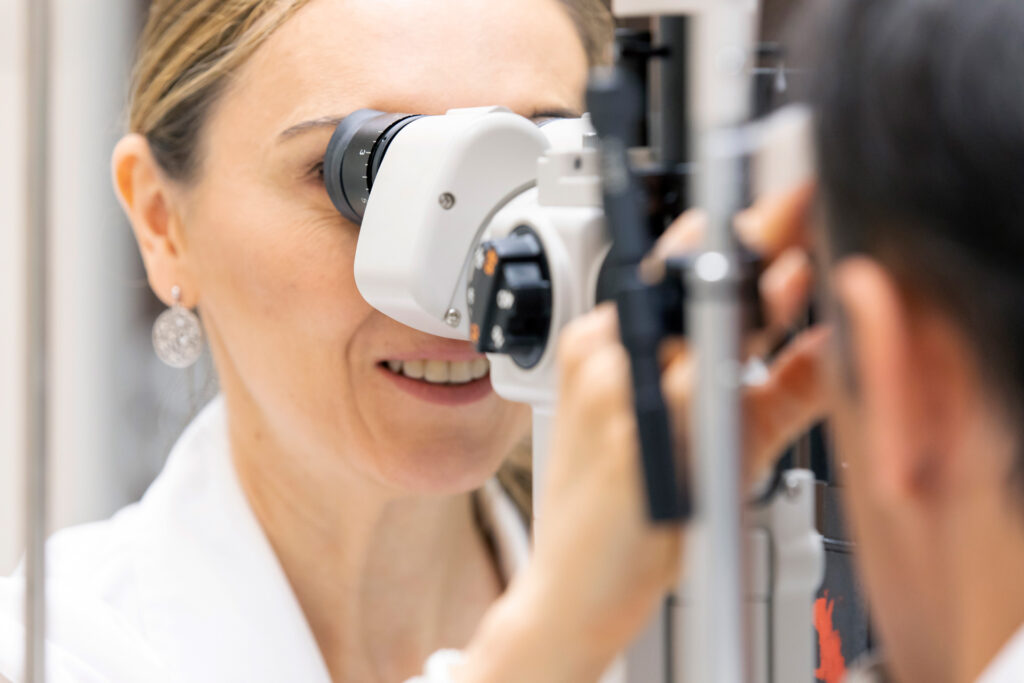
Promoting prevention against the silent evolution of glaucoma
In Miranza we adhere to World Glaucoma Week (from March 8 to 14) aims offering prevention tips and promoting actions to raise awareness about this silent eye disease – since it does not present symptoms in its initial stages – and is on the increase.
It is estimated that in the last 10 years, glaucoma has gone from affecting 60 million people in the world to about 80 million, figures that continue to grow due to the aging of the population and a higher life expectancy.
For every diagnosed glaucoma case , there is undetected one
According to Dr. Borja Corcóstegui, president of the CLF (Clinical Leaders Forum) in Miranza, “Age is one of the main risk factors for glaucoma, whose prevalence increases by age of 40 and, especially, from age of 60 ” However, half of patients who suffer from such condition are not aware of it, what makes “we often detect it accidentally”, because the patient comes to the consultation for other reasons, or when the pathology is already quite advanced, that´s when the patient begins to show symptoms ”, adds the ophthalmologist.
Waiting for these symptoms to become evident implies, too late, since the damage caused by glaucoma to the optic nerve is irreversible and can lead to vision loss (becomes progressively from the periphery of the visual field towards the center) that cannot be recovered .
Therefore, as Miranza specialists advise, routine eye exams are essential, which should include tests such as taking intraocular pressure, the most important modifiable risk factor for the development and improvement of glaucoma.
New options for glaucoma patients
To minimize the impact of glaucoma, the key is to start treatment early, stopping disease evolution in time and, with it, the deterioration of the optic nerve and the visual field. To reach and maintain keeping the intraocular pressure of patients at bay, one of the latest innovations is the EyeWatch® device, which has been implanted, for the first time in Spain, at Vissum. Grupo Miranza, and which could offer more precise control of intraocular pressure, thus reducing the postoperative complications of some conventional glaucoma surgeries.
Dr. María Jesús Chaves, who has implanted the device, explains that, beyond the results of this and other developments that we will see in the coming years, “currently there are multiple therapeutic options that we can indicate to patients, betting on personalized and increasingly effective strategies thanks to new drugs, lasers and surgical devices ”.
See 10 prevention tips and advice from Miranza glaucoma specialists